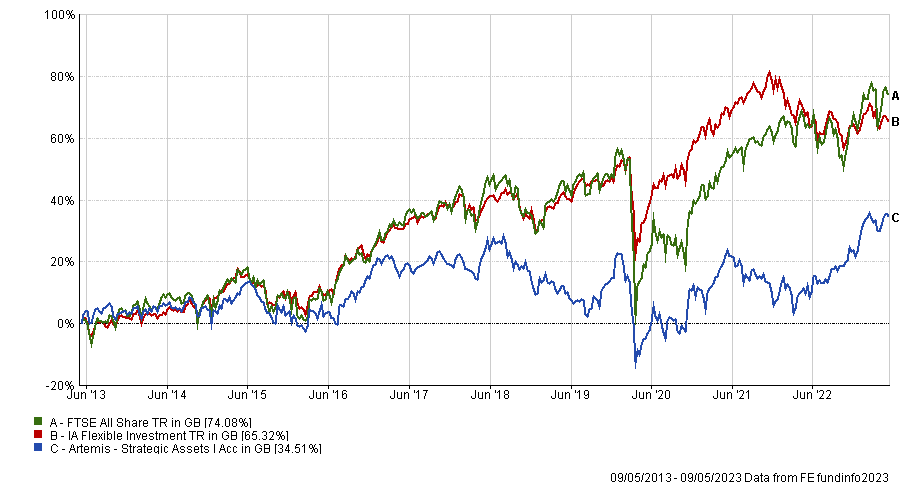Buying and holding a portfolio made of 60% of equities and 40% of bonds was the magic recipe in the past decade to benefit from long-term growth while reducing risk through diversification.
However, both asset classes fell together last year, which means that bonds did not fulfil their defensive function.
As a result, the 60/40 portfolio has been put into question in recent times, with Vanguard and BlackRock disagreeing on the viability of this model going forward.
Other asset management houses are also reassessing the merits of the 60/40 portfolio too.
David Hollis, the upcoming manager of the Artemis Strategic Assets fund, is among those who think the heyday of the 60/40 portfolio is over.
He said: “We're transitioning out of a period in multi-asset investing where whatever you bought generally delivered a positive absolute return and clients were relatively happy.”
Following the global financial crisis in the late 2000’s, markets have experienced a long period of quantitative easing and low monetary policy, which have supported the growth of both assets.
Hollis said: “I believe there is a behavioural bias within independent central banks not to raise interest rates sufficiently to cause zombie companies to actually default, which is the clean out we need. Every time the market has fallen, there has been interventions from the central banks through buying securities or fiscal stimulus.
“We've now reached a point where the market is not very happy with additional central bank balance sheet expansion. Fiscally, most governments have run out of ammunition. Their debt-to-GDP ratios are relatively high and that usually goes hand in hand with lower growth going forward.”
While this environment favoured the strategy of buying and holding a mix of both assets, Hollis said that assets are less likely to move higher together going forward. Instead, the focus should be on risk and more specifically drawdown.
He added that it will also be important to be able to trade dynamically in a more volatile environment with higher inflation and average interest rates.
Hollis joined Artemis Fund Managers in October 2022 and is replacing Kartik Kumar as lead manager of the Strategic Assets fund.
Performance of fund vs sector and benchmark over 10 yrs

Source: FE Analytics
Over 10 years, the fund has underperformed both its benchmark and the IA Flexible Investment sector, but it has been the best performing fund in the sector over one year and has remained in the top quartile since then.
The fund will continue to trade in all developed markets and extend its investments into liquid emerging market equity and bond indices, with at least 80% of the fund invested in relative value trade.
With a new manager at the helm, the fund will, however, adopt a new strategy.
Hollis said: “The new strategy will continue to target capital growth of more than CPI + 3% over five years, but with a lower realised level of volatility and a higher focus on overall capital preservation, with the aim of giving the investor a more stable return experience.”




